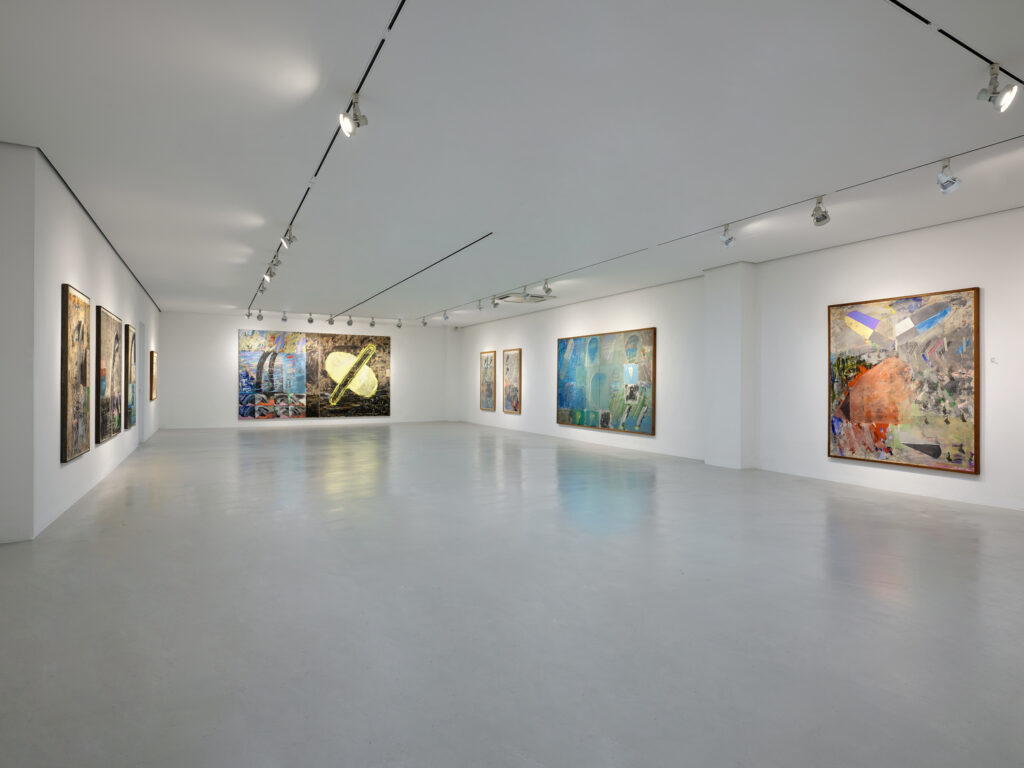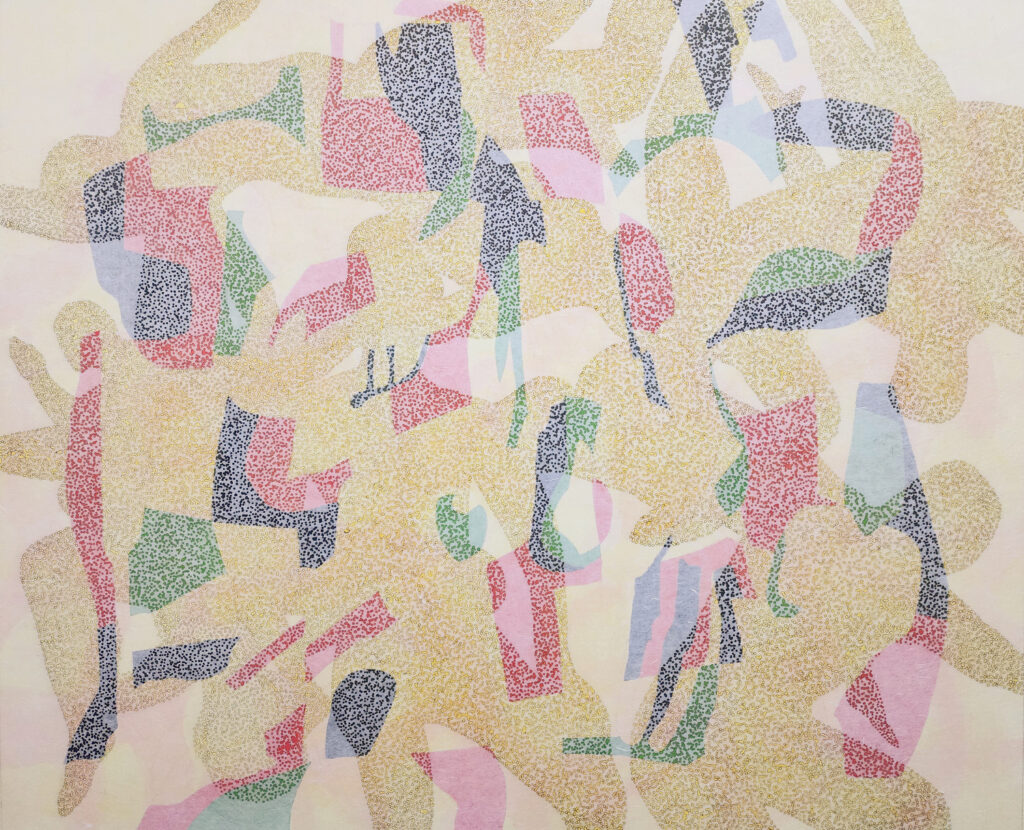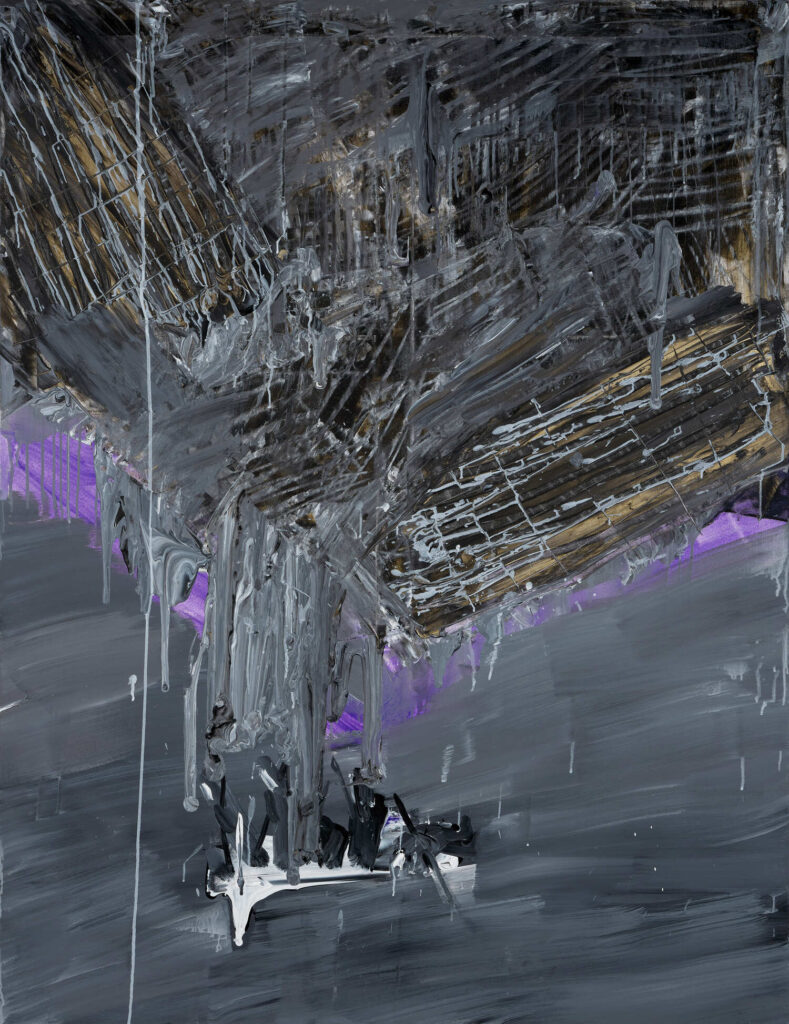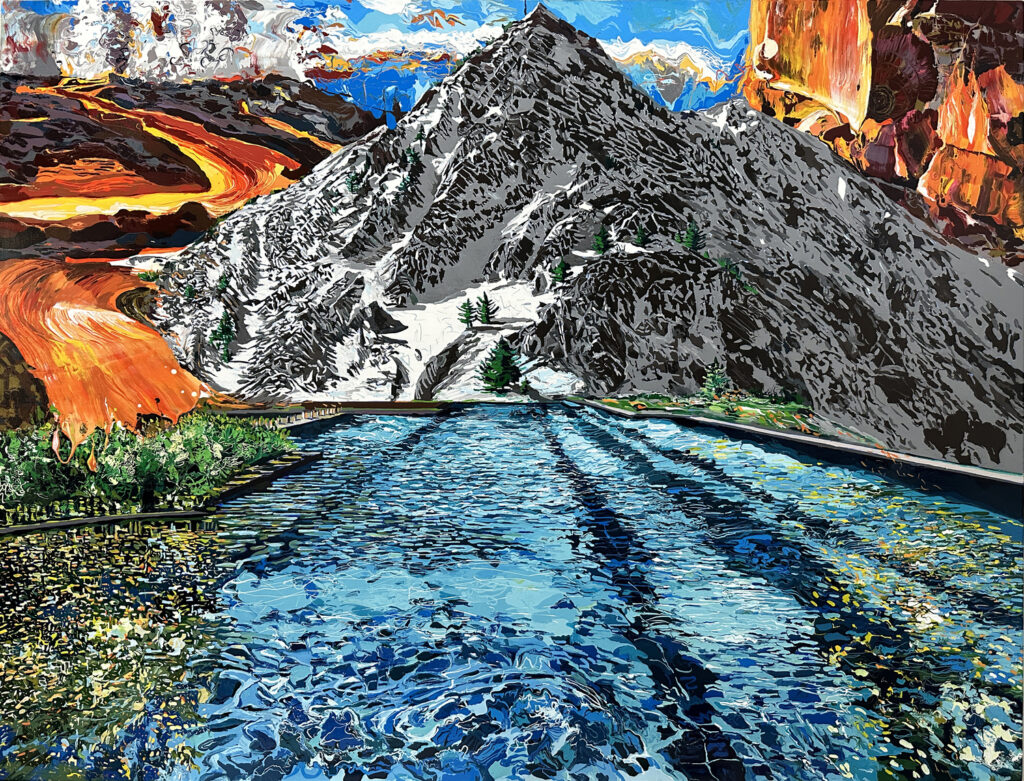SUN GALLERY

Since its establishment in 1977, Sun Gallery has curated over 500 exhibitions across a broad spectrum of contemporary art—including painting, sculpture, installation, and media art—featuring a wide range of distinguished artists. Actively participating in major domestic and international art fairs, the gallery has played a vital role in the growth and development of contemporary Korean art. In 1979, the gallery launched Sun Art Quarterly, an art magazine aimed at the public, which spotlighted 53 featured artists over the course of 52 issues. In 1984, Sun Gallery also established the Sun Art Award, recognizing 22 outstanding artists to date. Alongside introducing works by internationally acclaimed masters such as Marc Chagall, Emile Antoine Bourdelle, Marino Marini, and the Magnum Photos collective, Sun Gallery has also made significant efforts to present contemporary artists active today. With a focus on originality and artistic excellence, the gallery continues to champion artists whose work carries meaningful messages that resonate with contemporary audiences. These efforts have fostered deep engagement and lasting support from art collectors and enthusiasts alike. Looking ahead, Sun Gallery remains committed to its central role in the Korean art scene—shining a light on contemporary practices and expanding cultural values through art.

Gilwoo Lee, Irony24-02402, 2024, Incence, mixed media on hanji, 103 × 89 cm
Gil-woo Lee’s work stems from a deep reflection triggered by the horrors of the war in Ukraine—prompting a reevaluation of human nature, desire, and the individual’s place within society. The artist focuses on the complexity and duality of human relationships as part of a social fabric, presenting reinterpreted figures from everyday life in layered, multifaceted compositions that depict a collective human condition. His abstract works, constructed through sculptural arrangements of various crowd scenes, draw inspiration from traditional Korean motifs such as the obangsaek (five cardinal colors) and the patchwork patterns of jogakbo. These elements become a means of expressing universal and coexisting aspects of human relationships, framed within the most Korean visual language.

Hoon Kwak, Halaayt, 2022, Acrylic on canvas, 112.1 × 145.5 cm
For the ancient Inuit people, sea animals were not simply objects of hunting and capture, but their very souls and objects of worship. The act of catching a whale is called ‘Halaayt’ in the Inuit language, meaning the descent of the divine spirit, a stage of spiritual trance like the ritual to bring the gods to the land. There is a reason for Hoon Kwak’s involvement with the Halaayt series. While traveling to Alaska, USA about 30 years ago, he saw a pile of whale bones on a beach and was reminded of the Inuit people risking their lives to hunt whales in the middle of the vast ocean. Then, about 10 years ago, he saw the Bangudae Petroglyphs in Ulsan, Korea, and a stronger inspiration seized him. It seemed that the will to live, fear and longing for the unknown, and animism—all of the universal emotions of mankind were contained in whaling. While searching for related materials, he discovered the etymology of ‘Halaayt’ in an American book, which was the beginning of a new series of works. Hoon Kwak imagined that God sends whales for humans. Isn’t the sight of Eskimos struggling with a giant whale the moment that humans long for and like to encounter someday? Such hopes and aspirations are also connected to Incantations among his works.

Yujin Kang, Pool with mountain, 2024, Enamel and acrylic on canvas, 121.9 × 91 cm
Yujin Kang juxtaposes and fuses striking landscapes, spatial structures, and familiar elements from everyday life onto a single canvas—capturing memories and experiences in her own unique way, and transforming them into new inspirations expressed through distinctive, imagined landscapes. Utilizing the properties of enamel, her primary medium, Kang finds the most effective and enjoyable form of expression in her ongoing Pool series. The swimming pool, with its orderly, man-made geometry of vertical and horizontal lines, stands in contrast to the natural, fluid presence of water it contains. Water constantly shifts in appearance, reflecting both the inside and outside world through its transparent surface. While the rectangular pool is constructed with deliberate rigidity, the rippling surface of the water evokes a sense of freedom. The calm of the horizontal waterline and the movement of the waves together create a simultaneous feeling of stillness and dynamism—this tension between opposites is a central motif in her work.
